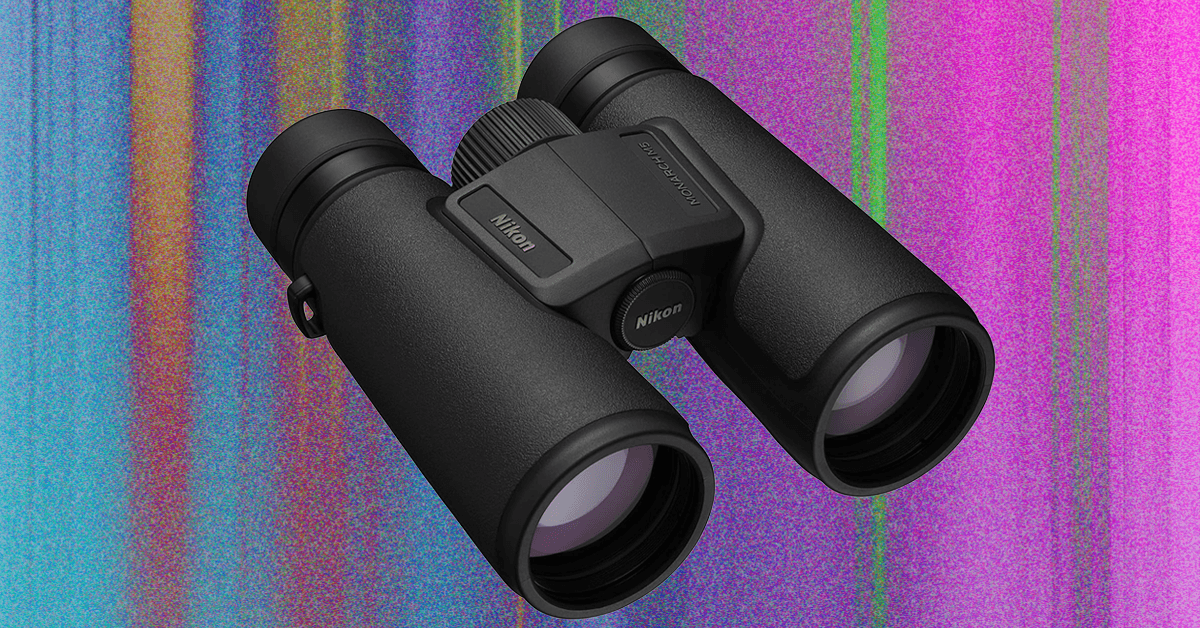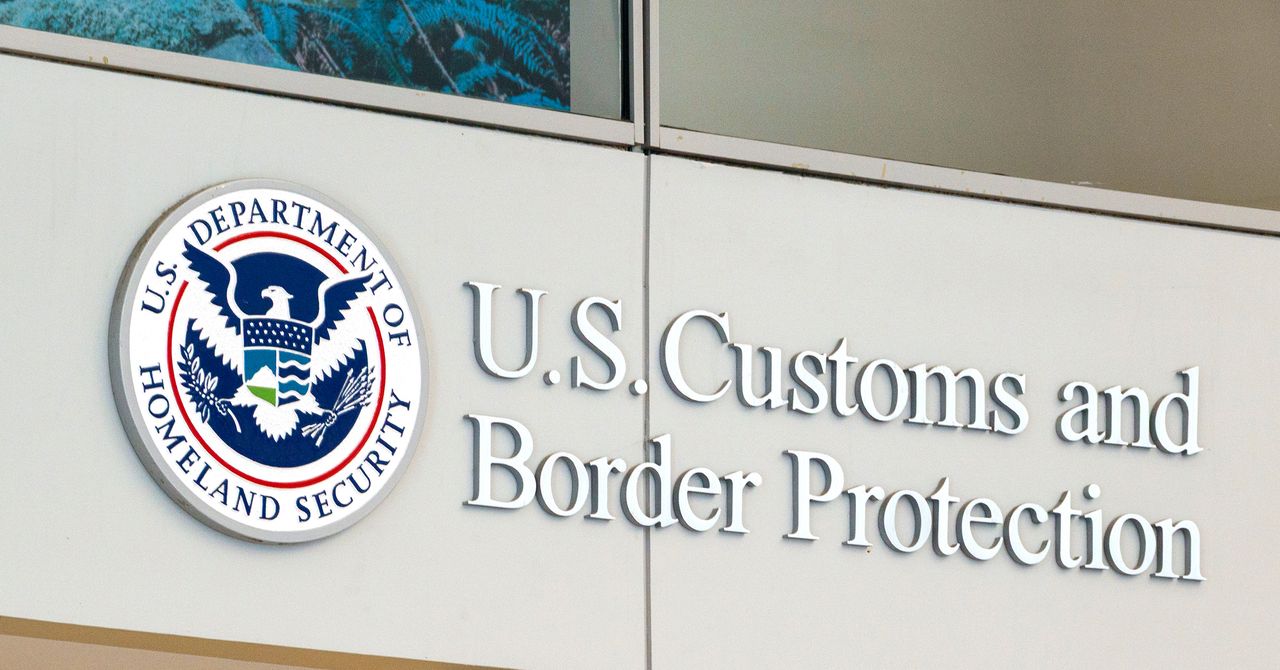Tech
Ransomware resilience may be improving in the health sector | Computer Weekly

In a possibly encouraging sign that cyber messaging is cutting through among healthcare providers, the sector appears to be becoming increasingly resilient to ransomware and cyber extortion, with fewer victims experiencing data encryption, fewer paying up and average time to recovery dropping according to a new Sophos report.
Based on global data collected by Vanson Bourne for a wider study, Sophos found that that this year, just 36% of victims in the healthcare industry paid a ransom, down from 61% in 2022, and over half of those that paid handed over less than what was demanded of them.
Demands from ransomware gangs also plummeted during the observed period, down 91% to $343,000 (£260,800) on average this year, with average payments dropping from $1.47m to just $150,000, the lowest of any sector reported in the wider dataset.
The mean cost of recovery – excluding any ransoms – was also down by 60% to $1.02m. And 58% of healthcare respondents said they recovered within a week, a strong improvement from 21% last year.
“It’s … encouraging to see signs of stronger resilience. In the study, nearly 60% of providers reported they recovered within one week, up from just 21% last year, which reflects real progress in preparedness and recovery planning. In a sector where downtime directly affects patient care, faster recovery is critical, but prevention remains the ultimate goal,” said Alexandra Rose, director at the Sophos Counter Threat Unit (CTU) – formerly a Secureworks unit.
However, improvement against some metrics should not be taken as a sign that the ransomware ecosystem is dwindling or the threat landscape becoming any less volatile; ransomware remains as pervasive a threat as ever and the healthcare sector is no more or less immune than any other.
“Healthcare continues to face steady and persistent ransomware activity. Over the past year, Sophos X-Ops identified 88 different groups targeting healthcare organisations, showing that even moderate levels of threat activity can have serious consequences,” said Rose.
In the past 12 months, the X-Ops team said that the most prominent ransomware gangs targeting the health industry were Qilin, INC Ransom and RansomHub – which it tracks as Gold Feather, Gold Ionic and Gold Hubbard respectively.
The data also reveal that although data encryption from ransomware has dropped to its lowest level since 2020, with only a third of attacks resulting in this scenario, the proportion of healthcare providers hit by extortion-only attacks, where data is not encrypted but rather stolen and a ransom demanded has tripled to 12% of attacks this year, from 4% a couple of years ago. The Cl0p/Clop gang, which last week claimed to have conducted a ransomware attack against an unspecified NHS body, is a great exponent of this tactic.
Root causes
Sophos’ data also reveal some insight into the root causes of cyber extortion and ransomware attacks in the healthcare industry, finding that for the first time since 2022, exploited vulnerabilities were the most common technical cause, seen in 33% of incidents, overtaking credential-based attacks, which topped the list in 2023 and 2024.
Respondents also described “multiple organisational factors” that contributed to their falling victim to such attacks, with 42% describing a lack of suitably qualified cyber security people or overall capacity, and 41% describing known but unaddressed security gaps.
Tech
I Keep Cooking Thanksgiving! Here’s the Best Holiday Meal Delivery

Making a full Thanksgiving feast for guests can be daunting, for some perhaps even terrifying. The world, and especially Hallmark movies, is full of holiday disaster stories: burnt turkeys, failed desserts, steamed hams. But I’m not bragging when I say that the first Thanksgiving dinner I prepared for my extended family—a little early, this year—was an unmitigated success.
My aunt couldn’t stop talking about the black pepper in the biscuits and the sage on the carrots. My uncle went in for the turkey and the apple-sausage stuffing. My father didn’t speak at all, unless prompted. He just ate and ate. This was a compliment.
But of course, I had cheated. I had ordered my Thanksgiving in the mail—one of the new breed of Thanksgiving meal kits.
The meal was genuinely home-cooked, of course, prepared mostly from scratch. But the entire seven-platter feast—its ingredients and recipes—had arrived two days before, in a box large enough to house a primal cut of beef. It was Thanksgiving in a box: a $200 “Chef’s Table Thanksgiving” meal kit available from sister meal delivery plans Sunbasket and Gobble.
The spread from Sunbasket was vast and generous. The table contained a nearly 3-pound roast of turkey, mounds of mashed potato, pebbled cranberry compote, roasted carrots dressed in miso-sage butter, brussels sprouts dappled with pecorino romano and pancetta, an endless platter of fennel-apple-sausage-stuffing, Gruyère black-pepper biscuits caked more than an inch tall, a tureen of deep brown turkey gravy, a ginger apple crisp waiting in the wings.
Sunbasket is among a new bounty of meal kit companies that aim to ease the stress of the holidays by doing the planning and the shopping for you—big meal boxes tailor-made for those who still want to make a home-cooked meal but for whom the prospect of planning a vast and complicated feast is prohibitive. In fact, two weeks later I cooked another Thanksgiving meal from Blue Apron, this time for my sister’s family.
Here was my experience with Sunbasket and Blue Apron—and some of the other Thanksgiving meal delivery options to get your whole Thanksgiving meal delivered to your home.
Want meal kits for more everyday occasions? See WIRED’s guides to the best meal delivery services, and the best plant-based meal delivery kits.
The Blue Apron à la Carte Thanksgiving (and Holiday) Meal Kit
Available till December 29. Order by November 19 to ensure delivery by Thanksgiving.
Blue Apron, one of the OG meal kits in the US, has undergone a wholesale transformation this year. One of the biggest changes is that subscriptions are no longer required, and à la carte meal ordering is possible—indeed, it’s now my favorite no-subscription meal kit offering. What this means is that for this Thanksgiving, you can order individual Thanksgiving recipe kits to prep fresh at home, without ever setting foot in a crowded grocery store.
That means roasted grape and goat cheese salad ($12), a big ol’ turkey breast with gravy and cranberry sauce ($50), rosemary herb stuffing ($15), a truly excellent casserole worth of truffle-oiled Southern mac and cheese ($20), almond apple crumb pie ($15), brown butter mashed potatoes ($8), challah rolls with maple ($8) and roasted brussels sprouts with pistachios, ($10). I made all of these recipes for my sister’s family and our parents, a little early this year—and it was a surprisingly delicious feast fit for at least eight people. Probably even 10, if you add an extra order of mashed potatoes.
Tech
The Best Binoculars Will Help You Find the Ivory Billed Woodpecker

You get good magnification, with a waterproof (IPX7 rating) and fogproof design in a lightweight package (11.8 ounces). These also have two things that specifically make them great for kids: rugged construction and a nice, rubberized grip. I can’t tell you how many trees and rocks these have bashed into while around my son’s neck, and they’re still as good as new.
Stargazing Binoculars
When you think stargazing you probably think telescopes, but binoculars can work too, especially larger, higher-magnification models like these Celestron Skymasters. The first thing to know is that these are huge—most of the time you’ll want to use them with a tripod, which is not included in the price (they do include an adapter, which I used to put them on a photo tripod, which worked fine). The Porro prism design (see above), with 15x magnification and 70mm objective lenses, make these nice and bright, perfect for getting good views of the moon. They also work for larger clusters and nebulae. They do work for birding as well, but it’s more like using a spotting scope. They’re nice for digiscoping, though if you’re viewing something reasonably stationary, like water birds.
As with all Celestron binos there’s a nice big, smooth focusing knob, and they also have long eye relief which makes them easy to use with glasses. There is a fair bit of chromatic aberration, especially with bright stars or the moon, but I didn’t find it distracting. In fact, for the price, these provide surprisingly great views.
Image-Stabilizing Binoculars
Image-stabilized binoculars use electronics to smooth out your view, similar to what action cams do to get rid of jittery video. There are quite a few models out there, and we are still testing, but here are a few that have stood out from the pack so far.
Image-stabilized binoculars tend to be expensive, but Canon has quite a few budget models worth considering. They’re simple to use. You just tap the button on top for five minutes of stabilization, or tap again to turn it off sooner. The tech detects your movement and adjusts for it optically, in real-time. The Canon 8×20 IS, its smallest, is doubly pocket-friendly: They’re surprisingly affordable and fit in a large pocket. At 15-ounce plus battery, they won’t weigh you down.
The 8X magnification is good for wildlife and sports, as is the 10X magnification of the only slightly larger Canon 10×20 IS. The 6.6-degree field of view is narrow but wide enough for most situations.
Tech
Social Security Data Is Openly Being Shared With DHS to Target Immigrants

Last week, the Social Security Administration (SSA) quietly updated a public notice to reveal that the agency would be sharing “citizenship and immigration information” with the Department of Homeland Security (DHS). This data sharing was already happening: WIRED reported in April that the Trump administration had already started pooling sensitive data from across the government for the purpose of immigration enforcement.
This public notice issued by SSA makes that official, months after the fact. The notice is known as a system of record notice (SORN), a document that outlines how an agency will share the data it has, with whom, and for what purpose. This notice is required under the Privacy Act of 1974. Normally, SORNs are issued before any data is shared between agencies, giving the public and government officials sufficient time to offer comment. But WIRED found that the so-called Department of Government Efficiency (DOGE) was pulling in data from across DHS, SSA, the Internal Revenue Service (IRS), and state voter data, among other sources, based largely on the US Citizenship and Immigration Service’s (USCIS) Systematic Alien Verification for Entitlements (SAVE) database.
“There are laws that require the government to inform the public about their use of various kinds of databases and other surveillance technologies,” says Adam Schwartz, privacy litigation director at the Electronic Frontier Foundation, a nonprofit focused on digital privacy and free speech. “If the government starts using the database and does not put out the appropriate disclosure and then later does put out that appropriate disclosure, they still have violated the law.”
The Trump administration has gone to drastic lengths to remake the government in its image. A core component of this has been an effort to vacuum up large swathes of data from across federal agencies, many of which were never meant to be comingled. This has frequently happened regardless of the laws, norms, or procedures that normally govern the access and sharing of sensitive data. The SORN from SSA is just the latest confirmation of exactly how much data is being shared in ways experts tell WIRED is “unprecedented.”
Much of this data sharing begins with misinformation about the data at hand. In the early days of the Trump administration, Elon Musk seized on a misunderstanding of SSA’s data to spread the claim that 150-year-old people were receiving benefits. They weren’t, but DOGE capitalized on the idea that the SSA’s systems were inefficient and fraudulent to burrow into the agency’s data and technology systems. In April, reporting from The New York Times found that in an effort to force immigrants to self-deport, the administration was adding them to the SSA’s database of dead people, effectively meaning that their Social Security numbers could not be used to get jobs or access government services. As part of the effort to combine disparate data across the government to verify citizenship and surveil immigrants, DHS recently published a different but related SORN that effectively transforms SAVE into a voter verification system, which experts also warned could be bypassing the requirements of the Privacy Act.
Leland Dudek, who served as acting commissioner for the Social Security Administration between February and May 2025, led the agency when members of DOGE first appeared. Dudek says he was initially supportive of DOGE and acted as a bridge between SSA staff and members of the DOGE team before becoming disillusioned.
-

 Tech1 week ago
Tech1 week agoFrom waste to asset: Turning ethanol production CO₂ into jet fuel
-

 Tech3 days ago
Tech3 days agoNew carbon capture method uses water and pressure to remove CO₂ from emissions at half current costs
-

 Politics5 days ago
Politics5 days agoBritish-Pakistani honoured for transforming UK halal meat industry
-

 Sports3 days ago
Sports3 days agoTexas A&M officer scolds South Carolina wide receiver after touchdown; department speaks out
-

 Business4 days ago
Business4 days agoThese 9 Common Money Mistakes Are Eating Your Income
-

 Business4 days ago
Business4 days agoWhat’s behind Rachel Reeves’s hokey cokey on income tax rises?
-

 Tech1 week ago
Tech1 week agoSecurity flaws in portable genetic sequencers risk leaking private DNA data
-

 Sports1 week ago
Sports1 week agoSteelers vs. Chargers (Nov 9, 2025) Live Score – ESPN





-SOURCE-Caramel-Quin.jpg)




